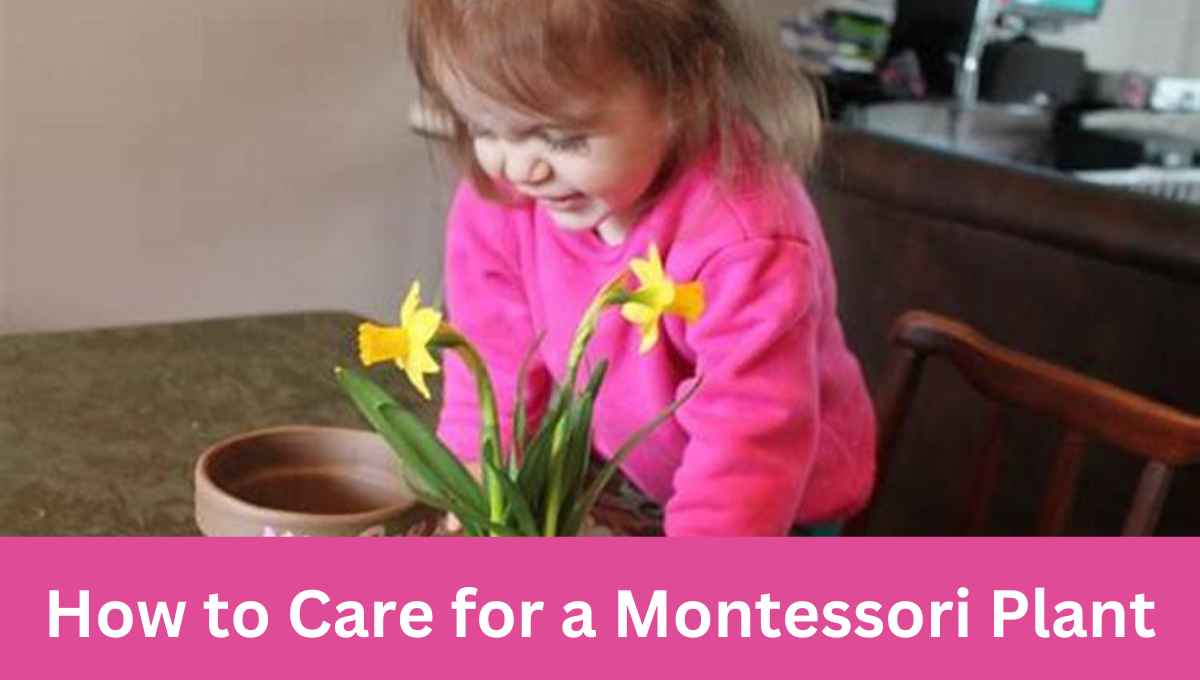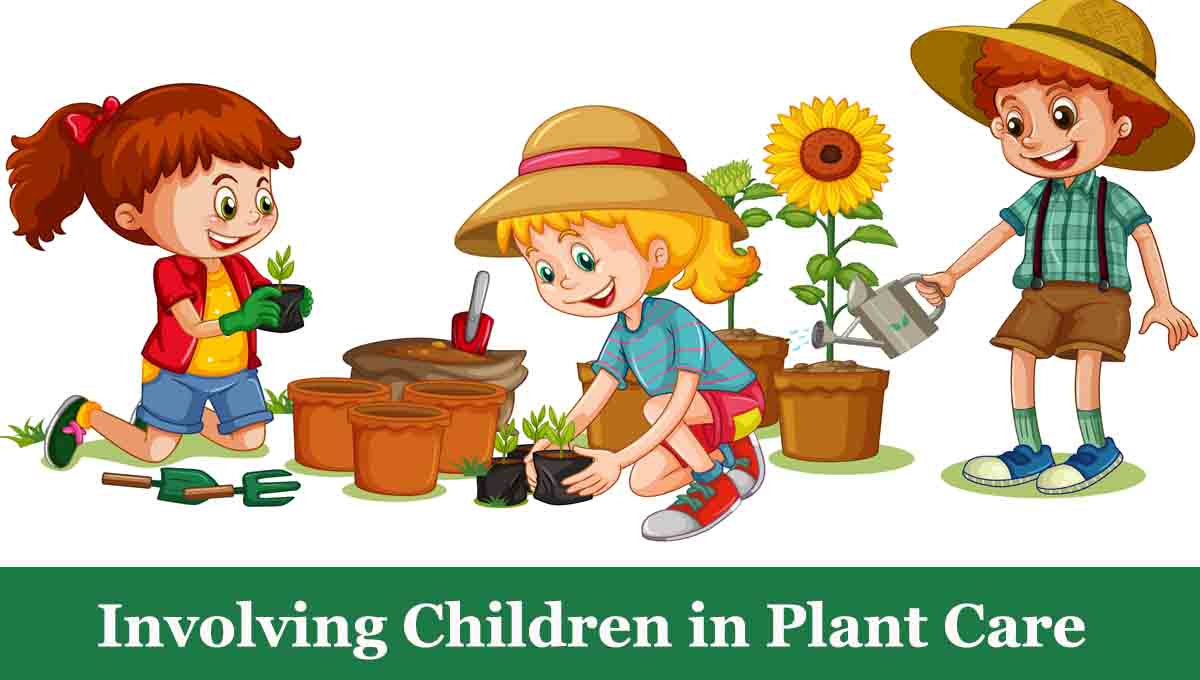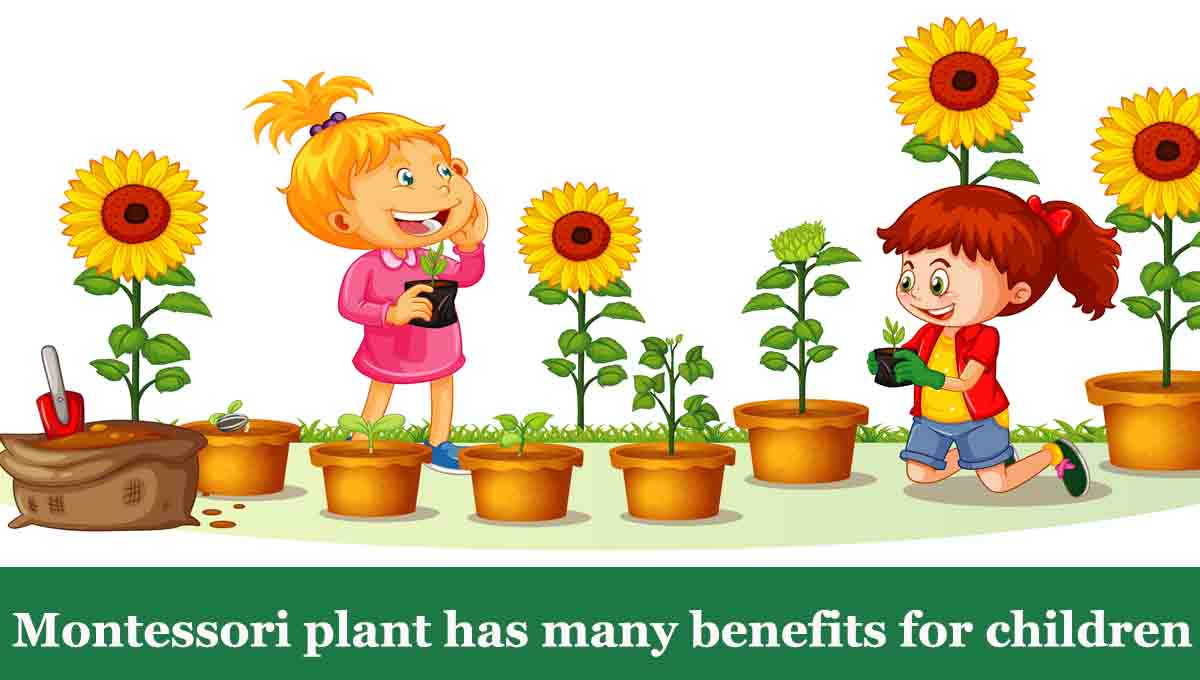How to Care for a Montessori Plant
Care for Montessori plant emphasizes hands-on learning and encourages children to develop independence and responsibility. One way to foster these qualities is by incorporating plants into the classroom or home environment. Montessori plants offer a valuable learning experience as children observe and care for living organisms. The essential steps to care for a Montessori plant, enabling children to develop a sense of ownership and connection with nature.
Choosing the Right Plant
When selecting a Montessori plant, opt for species that are hardy, low-maintenance, and safe for children. Suitable choices include spider plants, pathos, snake plants, and succulents. These plants are generally resilient, can tolerate various light conditions, and have non-toxic properties. Research the specific needs of each plant to ensure it will thrive in your environment.
Setting Up the Plant Area
Create a dedicated space for the Montessori plant. Consider placing it on a low shelf or table accessible to children, allowing them to observe and interact with it easily. Ensure the area receives appropriate light, whether it’s natural or artificial, as per the plant’s requirements. Provide a small tray or saucer to catch any excess water, preventing damage to surrounding surfaces.
Involving Children in Plant Care
Watering
Teach children about the importance of watering plants properly. Demonstrate how to check the moisture level by sticking a finger into the soil. Involve them in the watering process by providing a small watering can or spray bottle suitable for their hands. Show them how to water the plant’s base and avoid over-watering, which can lead to root rot.
Sunlight
Educate children about the plant’s light requirements. Explain the difference between direct sunlight and indirect light, and help them identify the best location for the plant. Encourage children to observe and track how the plant responds to different light conditions, fostering their scientific inquiry skills.
Observation and Documentation
Promote observation skills by encouraging children to closely observe the plant’s growth and changes. Provide a nature journal or notebook where they can draw pictures or write about their observations. Encourage them to record measurements, note the number of leaves, or document any visible changes over time. This practice fosters critical thinking and enhances their understanding of plant life cycles.
Maintenance and Care
Teach children about the importance of maintaining a clean and tidy plant area. Involve them in dusting the leaves gently with a soft cloth or using a small paintbrush to remove debris. Encourage them to prune dead leaves or flowers, promoting the plant’s health and aesthetics.
Dusting the plant leaves
Keeping the plant leaves clean is important for its health and looks.
- Show children how to gently wipe the plant’s leaves with a soft cloth. Demonstrate using a microfiber or clean, damp cloth. Be careful not to press too hard or damage the leaves.
- Explain that dust can block sunlight and affect the plant’s ability to grow. By removing the dust, we help the plant stay healthy and get the light it needs.
- Encourage children to dust the leaves regularly. Depending on the plant and the environment, it may be necessary to dust once a week or whenever they notice dust buildup.
Pruning dead leaves or flowers
Removing dead or wilting leaves and flowers is good for the plant’s overall health and appearance.
- Help children identify leaves or flowers that are brown, dried out, or drooping. These are no longer healthy for the plant and need to be removed.
- Provide child-friendly gardening scissors or pruners. Show children how to hold them safely and make clean cuts.
- Teach them to locate the base of the dead leaf or flower, where it connects to the stem. Instruct them to cut carefully, removing the dead part without harming the rest of the plant.
- Explain that by pruning, we help the plant focus on growing healthy parts. It also makes the plant look nicer.
- Teach children to collect the pruned leaves or flowers and dispose of them properly, like in a compost bin or waste container. Keeping the plant area clean is important.
By teaching children to dust the plant leaves and prune dead parts, we help them take care of the Montessori plant. These simple tasks keep the plant healthy and looking its best.
Caring for a Montessori plant has many benefits for children
Responsibility and Independence
When children care for a plant, they learn to take responsibility for its well-being. They become accountable for another living thing and feel proud when they see their efforts help the plant grow.
Connection with Nature
Caring for a plant helps children develop a stronger bond with nature. They learn to appreciate and value the natural world and become curious about plants and how they grow.
Sensory Development
Caring for a Montessori plant engages children’s senses. They can touch and feel the different textures of leaves and soil, observe the colors and shapes of the plant, and even enjoy the scents of flowers or herbs. This helps their senses develop and become more aware.
Environmental Awareness
Through plant care, children learn about important environmental concepts. They understand the importance of conserving resources like water and the impact of their actions on the environment. This helps them become responsible stewards of the Earth.
Patience and Empathy
Nurturing a plant teaches children patience and empathy. They learn that plants take time to grow and need care. They also observe the plant’s needs and respond with care and compassion.
Observation and Scientific Inquiry
Caring for a plant provides a chance for children to observe and ask scientific questions. They can study the plant’s growth patterns, how it reacts to light and water, and make predictions based on their observations. This encourages their scientific thinking and curiosity.
Fine Motor Skills
Taking care of a Montessori plant involves activities that improve fine motor skills. Children learn to water the plant, dust its leaves, and prune it using small tools. This helps develop their hand-eye coordination and control.
Emotional Well-being
Interacting with plants has a calming effect on children’s emotions. It can reduce stress and anxiety, providing a sense of peace and promoting positive feelings.
Caring for a Montessori plant offers numerous benefits for children, including fostering responsibility, promoting observation skills, and cultivating a connection with nature. By choosing the right plant, setting up an accessible area, and involving children in plant care, we empower them to develop independence and nurture a lifelong love for the natural world. Through this hands-on experience, children learn valuable life lessons that extend far beyond the classroom or home environment.


